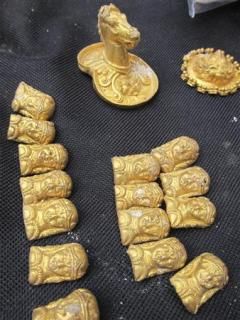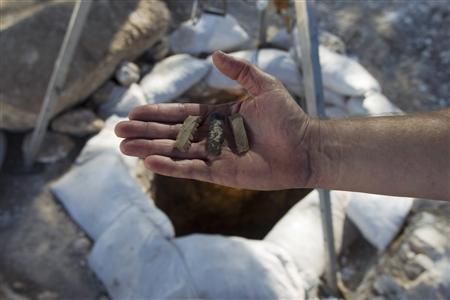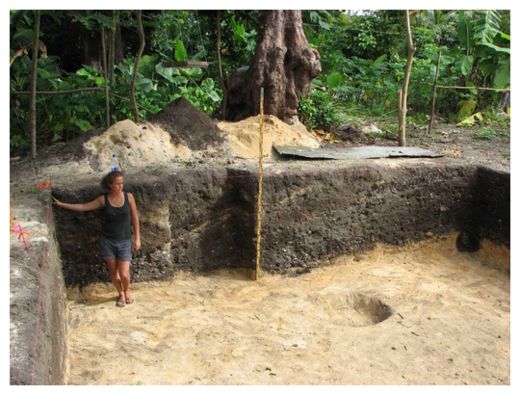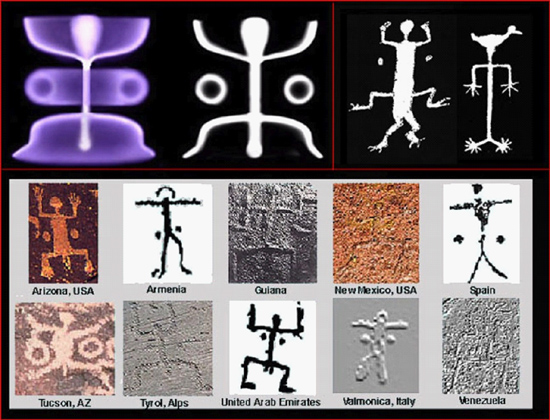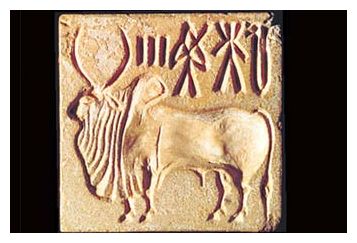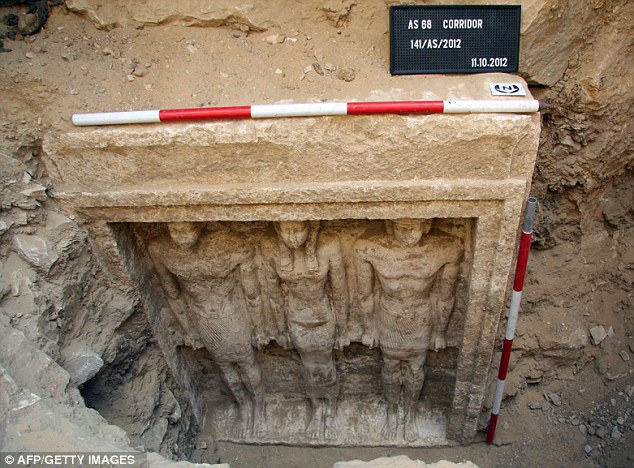
The new findings, reported Thursday (Nov. 8) here at the American Society of Human Genetics conference, support the theory that farmers, and not just the technology of farming, spread during prehistoric times from the Middle East all the way to Finland.
"The idea is that the spread of farming and agriculture, right now we have good evidence that it was also associated with a movement of people and not only technology," said study co-author Martin Sikora, a geneticist at Stanford University.
In what may be the world's oldest cold case, Ötzi was pierced by an arrow and bled to death on a glacier in the Alps between Austria and Italy more than 5,000 years ago.
Scientists sequenced Ötzi's genome earlier this year, yielding a surprising result: The Iceman was more closely related to present-day Sardinians than he was to present-day Central Europeans.
